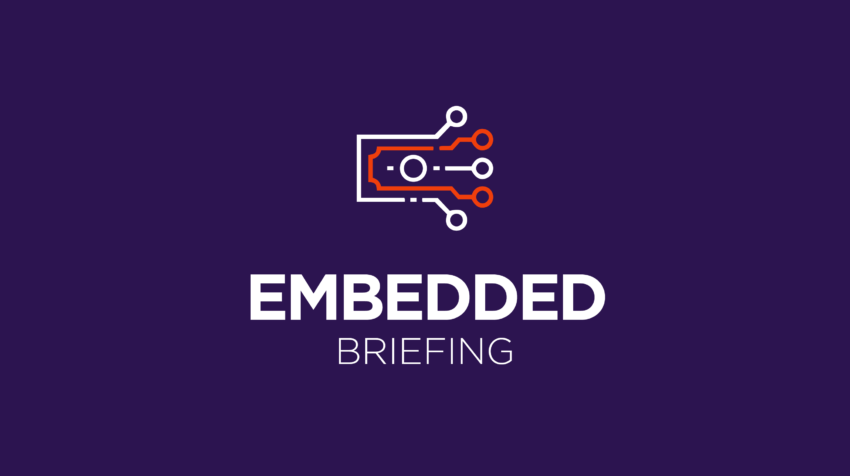Embedded Finance, Member Exclusive
Embedded Briefing: What’s driving the embedded finance boom?
- Bain & Company estimates that the embedded finance industry will swell up to $7 trillion in transactions by 2026, up from $2.6 trillion in 2021.
- Payments, lending, and banking were found to be the key drivers of the embedded finance boom. In the future, embedded insurance, tax, and accounting are poised for significant growth.








